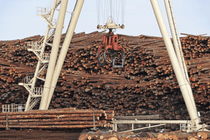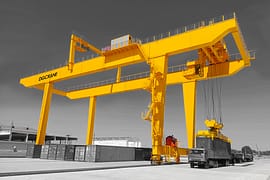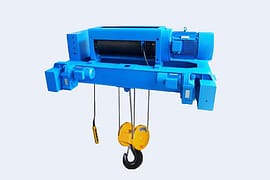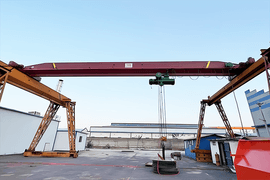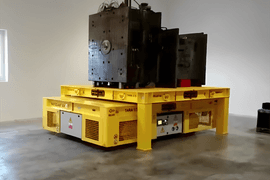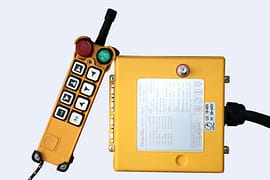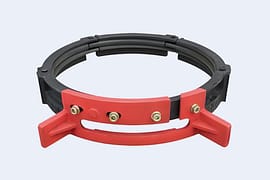Insulated Overhead Cranes for Safe Non-Ferrous Metal Smelting
The insulated overhead cranes are designed for use in the smelting workshops of non-ferrous metals, such as electrolytic aluminum, magnesium, lead, zinc, etc. The insulated crane consists mainly of the bridge frame, trolley running mechanism, hoist, and electrical equipment. To prevent the risk of electric current from powered equipment being transferred to the crane through the lifted components, which could endanger the operator's life and damage the equipment, several insulation devices are installed at appropriate locations on the crane.
Features of Insulated Overhead Cranes
- The crane bridge frame must be reliably grounded, and the operator’s cabin should be securely connected to the bridge frame, ensuring that the operator’s cabin is at the same potential as the ground.
- The total insulation resistance of each insulation device on the crane should exceed 0.5 megohms.
- AC and DC power supplies should be effectively isolated from each other.
- The crane operates on a heavy-duty work cycle. To ensure lifting safety, the hoisting mechanism is equipped with dual brakes.
- All crane operations are carried out within the operator’s cabin.
Specifications of Insulated Overhead Cranes
For more detailed specifications, please refer to DGCRANE's catalog of Insulated Overhead Cranes.
Three Levels of Insulation on Insulated Overhead Cranes
To ensure the insulation's safety and reliability, three levels of insulation are typically installed at the following locations:
- Insulation between the hook and the movable pulley group
- Insulation between the hoisting mechanism and the trolley frame
- Insulation between the trolley and the bridge
Operating Environment of Insulated Overhead Cranes
Insulated overhead cranes are mainly used in smelting workshops for non-ferrous metals such as aluminum, magnesium, zinc, lead, and copper. These environments tend to be harsh, characterized by the following factors:
- High operating temperatures, such as in electrolytic aluminum workshops, where the temperature of each electrolytic cell typically reaches around 900°C.
- High humidity, usually not less than 85%.
- Presence of dust, such as aluminum dust, carbon dust, and graphite dust generated in electrolytic aluminum workshops.
- The working environment is not only corrosive (e.g., sulfuric acid used in lead electrolysis) but also contains toxic and harmful gases, such as hydrogen fluoride gas produced during aluminum electrolysis.
- Presence of large currents (up to 60-80 kA) and strong magnetic fields (up to 0.02-0.05 T).
- The operating environment presents a high risk of electric shock.
At DGCRANE, we specialize in providing high-quality Insulated Overhead Cranes designed for the demanding environments of non-ferrous metal smelting. Our cranes offer superior safety and reliability, ensuring efficient operation in industries such as aluminum, magnesium, lead, and zinc processing.
With over 30 years of expertise, we offer customized solutions tailored to meet the unique needs of each customer, ensuring optimal performance and maximum safety in every lift.









